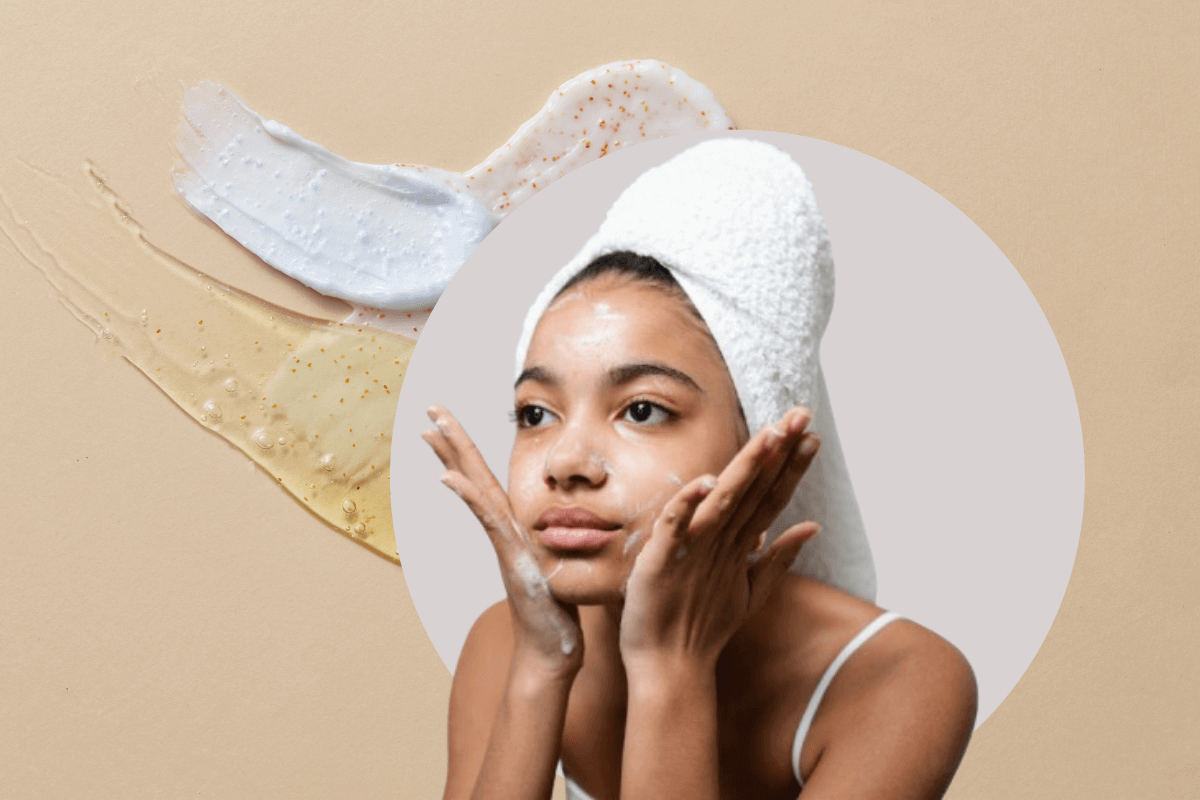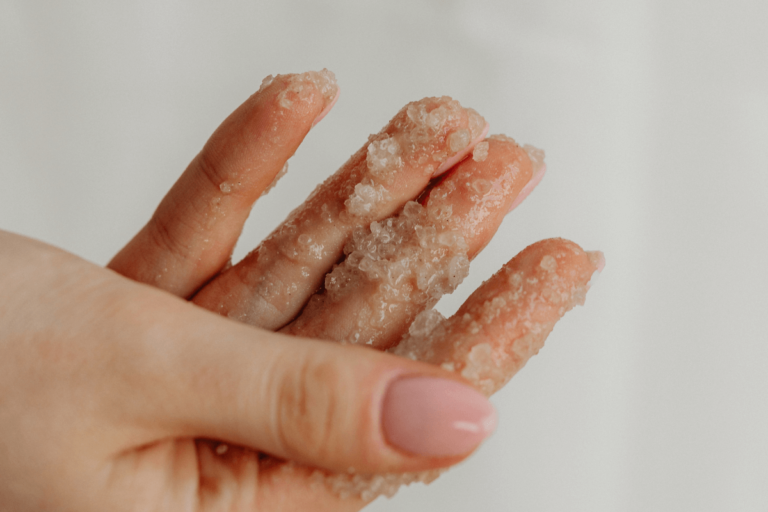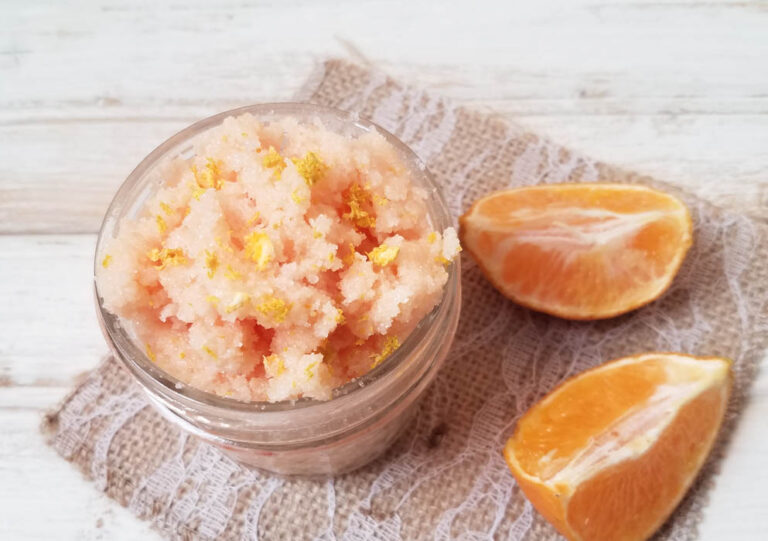Blackheads can be stubborn, but understanding why they form is the first step in getting rid of them. Contrary to popular belief, blackheads aren’t just dirt trapped in your pores. They form when a pore opens to the surface, and the sebum inside—containing melanin—oxidizes, turning black or brown. So, no amount of scrubbing will wash them away.
According to Acne.org, blackheads are actually a type of microcomedo, which is a non-inflamed blemish on the skin. If left untreated, they can turn into more painful forms of acne, such as papules, pustules, nodules, or cysts. So, how can you treat and prevent them? Let’s dive into some effective blackhead treatments.
How to Treat Blackheads: Top tips and products
Blackheads are treatable, but it’s important to remember that they won’t vanish overnight. Patience and consistency are key. Here are some proven methods to treat blackheads:
1. Hydrocolloid Nose Patches
Hydrocolloid isn’t just an adhesive added to a sticker; it’s actually the material that forms the patch itself. Made from gel-forming agents like pectin, gelatin, or sodium carboxymethylcellulose, hydrocolloid patches adhere to the skin, creating a protective and moist environment that aids in healing.
Originally designed for wound care, these patches absorb fluids—such as pus—without drying out the surrounding skin. This makes them just as effective for treating acne as for healing wounds. The hydrocolloid material literally draws out the white substance from pimples into the patch. After using a product like Mighty Patch, you will see this process at work in the gunk left on the patch after removal.
2. Blackhead Extractor
A blackhead extractor is a small, stainless steel tool with loops at one or both ends. It allows you to safely remove blackheads without damaging the surrounding skin. This tool should only be used if the blackhead is close to the surface and looks ready to come out. Make sure to disinfect the extractor before each use to prevent bacterial spread that could lead to breakouts.
3. Regular Exfoliation
Exfoliation is crucial for preventing clogged pores that lead to blackheads. Use an exfoliating scrub a few times a week to slough off dead skin cells that can block pores. Just be gentle—over-exfoliating can irritate your skin and make things worse. An exfoliating scrub with the secret ingredient Salicylic Acid, is even better. Just make sure you read the instructions to avoid overusing it.
Blackhead Prevention Routine
Once you’ve treated blackheads, keeping them from coming back is the next challenge. Prevention is all about maintaining clean skin and avoiding the triggers that lead to clogged pores.
1. Cleanse Regularly & Dry With a Clean Towel
The simplest blackhead treatment is prevention, and that starts with regular cleansing. Depending on your skin type, washing with a mild cleanser twice a day is usually enough to keep your pores clear. Also, always wipe your face with a clean towel, or a paper wipe.
2. Avoid Touching Your Face
It’s easy to unconsciously touch your face throughout the day, but your hands transfer oils and bacteria to your skin, leading to clogged pores and breakouts. Try to break this habit to keep your skin clean.
3. Use Oil-Free Makeup
Makeup can contribute to clogged pores, especially if it’s oil-based. Opt for oil-free, non-comedogenic products that won’t block your pores.
4. Wash Your Pillowcases Weekly
Your pillowcase can harbor bacteria, oils, and dead skin cells, all of which can transfer to your face as you sleep. Washing them at least once a week can reduce the risk of blackheads.
Stubborn Blackheads? When to See a Dermatologist
For more stubborn blackhead cases or recurring breakouts, a visit to a dermatologist may be in order. Dermatologists can offer more advanced blackhead treatments, including prescription topical or oral medications if needed.
Taking a proactive approach to blackhead treatment can make a world of difference in keeping your skin clear. Consistent care, combined with the right treatments, will help you get the upper hand in the battle against blackheads.











